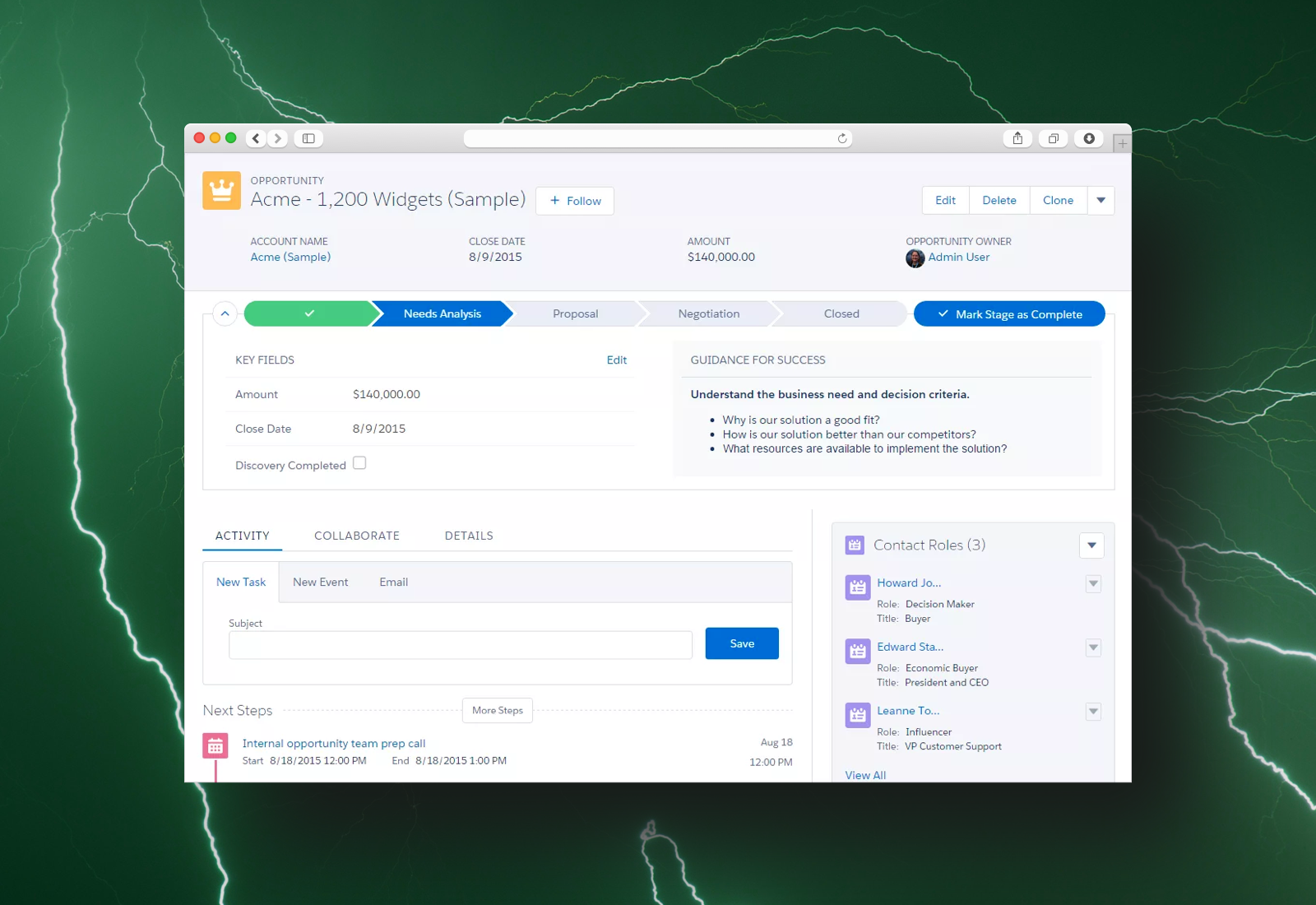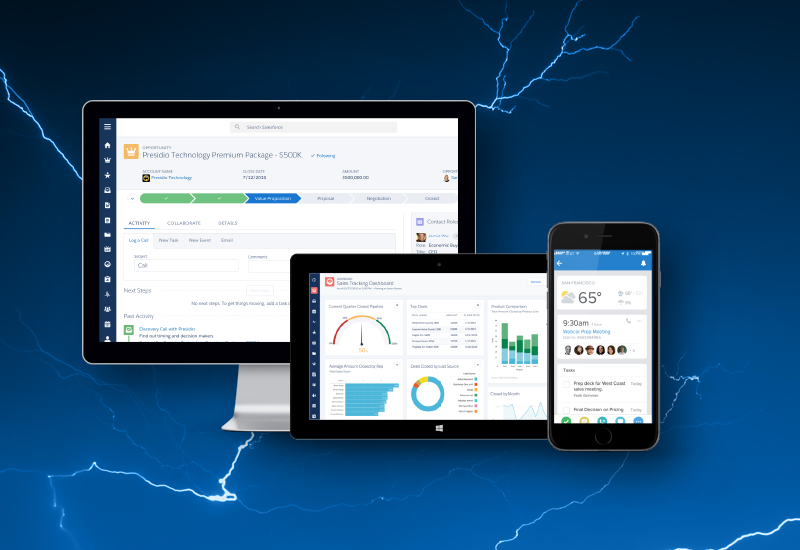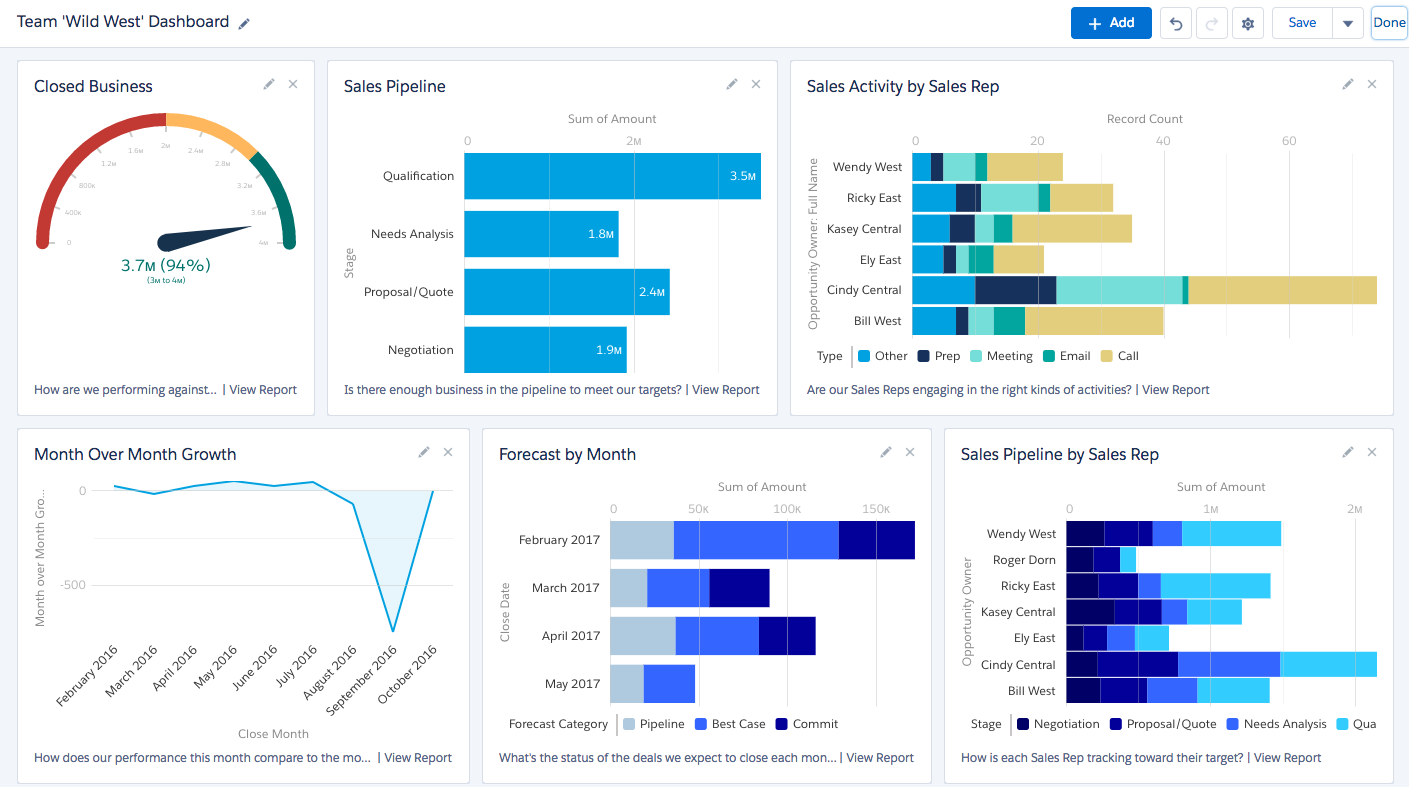How To Boost ROI With Pardot Dynamic Content
Imagine yourself at the supermarket on a mission to pick up potato chips. You find yourself in the crunchy snack aisle, picking out the exact style and flavor of chip your heart desires. However, as you turn around, you notice the rows and rows of soda behind you. Mmmm, you ponder, some root beer would sure wash down these chips! You pluck a pack of soda off the shelf, feeling satisfied that you’ve added a new dimension of deliciousness to your potato chip mission.
To you, this was simply a convenient shopping experience. However, for the person that designed the layout of that aisle, you did exactly what they wanted you to do: buy that root beer. (Or if you were originally seeking root beer: buy those chips!)
While supermarkets implement their own strategies to encourage shoppers to purchase relevant items, there’s a lot to be learned about how personalized content can transform the customer experience.
It should be no surprise that customers are demanding more from companies – according to Janrain & Harris Interactive, nearly 75% of web visitors are frustrated when websites offer content that is not relevant to their interests.
In today’s sales and marketing landscape, customers expect content, interactions, and experiences to be highly personalized and tailored to their needs. Likewise, they expect communication from companies to be meaningful, contextual, and responsive. These are definitely some high expectations to meet!
Fortunately, personalized content–also known as dynamic content–can be implemented in smart and effective ways to meet these rising expectations, deliver exceptional customer experience, and boost the ROI of sales and marketing efforts.
What is dynamic content?
To put it simply, dynamic content is content that changes based on user interactions, behaviors, or other criteria that determines which variation of the content to display. Dynamic content is typically displayed on the web in the form of HTML; these code snippets can be embedded into landing pages, forms, websites, emails, and more.
While the content itself changes, the “content container” (or page layout) remains unchanged. For example, Facebook uses dynamic content to create a personalized social feed for each user based on how they interact with the content in their own feed. Essentially, no two people will ever experience the same feed. Likewise, Netflix relies on the viewing behaviors of users to create personalized recommendations.
While some companies build products with dynamic content as the primary selling point, some companies use it in a more subtle manner. Remember that email that grabbed your attention because it used your name in the subject line? That’s another example of dynamic content in action.
How can I use dynamic content?
According to Econsultancy, companies that personalize web experiences see an average increase of 19% in sales. For many marketers, dynamic content has become integral to their marketing strategies and toolkits. Fortunately, Salesforce makes it easier than ever to create personalized web experiences with Salesforce Pardot Dynamic Content.
Here are some examples of how it can be used effectively in landing pages, forms, websites, and emails.
Landing Pages
You can customize content on landing pages to create more effective marketing campaigns. By having insights into the needs, demographics, interests, and pipeline stage of visitors to your landing page, you can customize content to their situation and display what’s most relevant. When visitors find what they’re looking for, they leave with a positive and impressionable experience, which increases engagement and–with the right nurturing activities–adoption.
Pardot Dynamic Content enables you to change not only the text and images on your landing page, but also the labeling of form fields and call-to-actions. You can use this strategically to create landing pages based on the current pipeline stage of visitors. For example, if you know that Mary is still in the research stage, then a “Buy Now” button is likely not appropriate yet. However, by displaying the button instead as “Learn More”, she’ll feel more comfortable sharing her information.
Forms
Salesforce’s Web-to-Lead Forms and Pardot’s Pardot Forms both have their advantages and disadvantages when it comes to creating dynamic content. While Web-to-Lead Forms allow you to create leads in Salesforce and send automatic personalized email after a user submits their information, Pardot Forms take it a step further, allowing you turn even the most anonymous visitor into an identified prospect after form submission. As the prospect returns to your website, additional details are collected about their interactions and behavior, enabling you to tailor their web experience with dynamic content.
Pardot also allows you to progressively profile visitors to your website. What this means is that if someone submits a contact form on your website and returns a week later to sign up for your newsletter, their information will be captured and stored so they don’t have to enter their name, company, or email address again. This is especially useful if you’re dealing with large forms – this eliminates work on the visitor’s end, thus improving their experience.
Websites
Salesforce Pardot Dynamic Content allows you to create variations of your content based on customer criteria and completely customize all the content on your website, including text and images. For example, if a customer comes to your website and you know what industry they work in, you can choose to display testimonials from people also in that industry to improve credibility and build trust.
The benefits of personalized landing pages (such as changing the labeling of buttons based on the pipeline stage of the visitor) can also be applied to every page within your website. However, this requires careful research and planning to identify the types of visitors that you want to attract to your website, what content they’re interested in, what their buying process looks like, and what actions you want them to take through each stage. By defining a plan for dynamic content, the more likely you’ll reap its benefits.
Emails
Emails can be personalized beyond just displaying the recipient’s name in the subject line. With Pardot Dynamic Content, the content of the email itself can be customized based on certain criteria, such as the customer’s needs, interests, or even location.
For example, if a segment of customers expressed interest in learning how to bake, you could share upcoming webinars or online classes on how to bake pies, cakes, or other desserts in your monthly newsletter. Likewise, you could include upcoming baking events that customers can sign up for and attend in their area.
Instead of an email newsletter feeling like it was meant for thousands, Pardot Dynamic Content allows you to create a personalized experience, making the recipient feel as though the newsletter was written just for them.
Is there more to it?
While dynamic content offers endless opportunities, it’s important to be strategic with how you use customer data to craft personalized experiences. Consider the real goals and needs of your customers first. Although it may be helpful to know that Joe works at a potato chip factory, is showing him content related to potato chips actually useful to him? If he’s on the hunt for a monthly subscription to a root beer delivery service, then peak his interest by displaying relevant content for carbonated beverages. (And who knows, he may be inspired to find a complementary salty snack!)
By crafting web and email experiences tailored to the needs of customers, you can better engage with them through each stage of the pipeline, develop trust and loyalty in more meaningful ways, and entice them to purchase with highly personalized and persuasive copy, content, and call-to-actions. With every encounter and interaction, customers will feel valued and understood. You won’t just be meeting their needs – you’ll be exceeding them.
Get started with Pardot Dynamic Content today!
Salesforce has made it easy to create and implement dynamic content with Pardot Dynamic Content. This tool allows you to build personalized landing pages, forms, websites, and emails so you can manage more effective and profitable campaigns.
At Galvin, we help many organizations implement Salesforce Pardot to streamline their sales and marketing strategies. If you’re interested in learning more about how dynamic content can boost your sales and marketing ROI, let’s talk!
Also published on Medium.
— Related Articles —
— Also on Galvin Tech —
Also published on Medium.

















